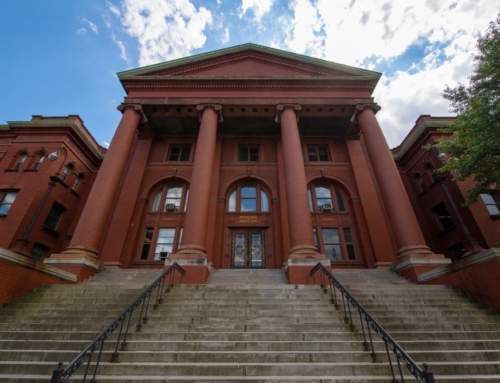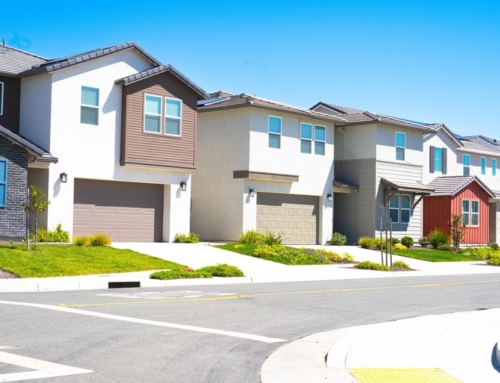
In a recent press conference, the Mortgage Bankers Association released its annual “State of the Industry” facts and figures.
For those who believe that the real estate industry is on the verge of a revival, you might not want to bet the house just yet.
According to the Mortgage Bankers’ economic forecast, U.S. gross domestic product (GDP will only grow 2.7 percent in the first quarter of 2010, 2.3 percent in the second quarter, 2.7 percent in the third quarter, and an upbeat 3.2 percent in the fourth quarter of the year.
Inflation will stay low, ranging from 1 percent in the second quarter of the year to 1.7 percent in the fourth quarter. Through 2011, the report predicts consumer price inflation will stay at a low 1.2 percent.
The 10-year bond will tick up slightly each quarter, rising to a 4.2 percent yield in the fourth quarter. That will translate into slightly higher mortgage interest rates for consumers, hitting 6.1 percent at the end of 2010, and a projected 6.5 percent by the end of 2012.
The big red flag is employment – or the fact that so many Americans are unemployed and underemployed and have been that way for a really long time.
The Mortgage Bankers’ economic forecast sees the unemployment rate peaking in the first quarter of 2010 at 10.3 percent. But the report also projects that unemployment will stay at or above 10 percent throughout the year.
And if you want to get downright scary, about 40 percent of those who are unemployed have been without work for 27 weeks or more, according to the Bureau of Labor Statistics, the highest point by far since at least 1951. As any human resources manager can tell you, the longer you’re unemployed, the harder it is to get another job.
Are we creating a generation of unemployable Americans? Well, it isn’t as though the Mortgage Bankers economists project a healthy job market anytime soon.
In the year-over-year projections, the report sees unemployment falling to 9.4 percent by the fourth quarter of 2011, and to 8.3 percent in 2012.
That’s hardly the picture of a robust recovery.
Worse, the report points out the direct correlation between unemployment and increasing foreclosures.
Unemployment in California, Florida, Nevada and Arizona is approaching 12 percent, and the number of foreclosure starts is 2.5 percent. If you exclude those four states, the rest of the nation is experiencing a 9 percent unemployment rate (still awful by any stretch of the imagination), but the foreclosure starts is just over 1 percent.
Clearly, there is an inflection point where unemployment is surging into double-digit territory, foreclosures follow. The fact that home values have sunk more than 50 percent in parts of these four states is likely a contributing factor in more homeowners handing over the keys to the lender.
But there is more to the unemployment story than the long-term unemployed looking for a job. If 10 percent of the country is unemployed (officially), there is nearly another 10 percent that is underemployed, discouraged, or has simply decided to sit it out.
Beyond that, there is another large chunk of America’s working population that has taken a pay cut in the form of a mandatory furlough or unpaid leave. And an increasing number of Americans who have ruined credit from a job loss, pay cut, bankruptcy, loan modification plans, or other reason.
A healthy real estate market requires a healthy economy. It will be extremely tough for the real estate market to turn around without finding a way to employ more Americans.






Leave A Comment